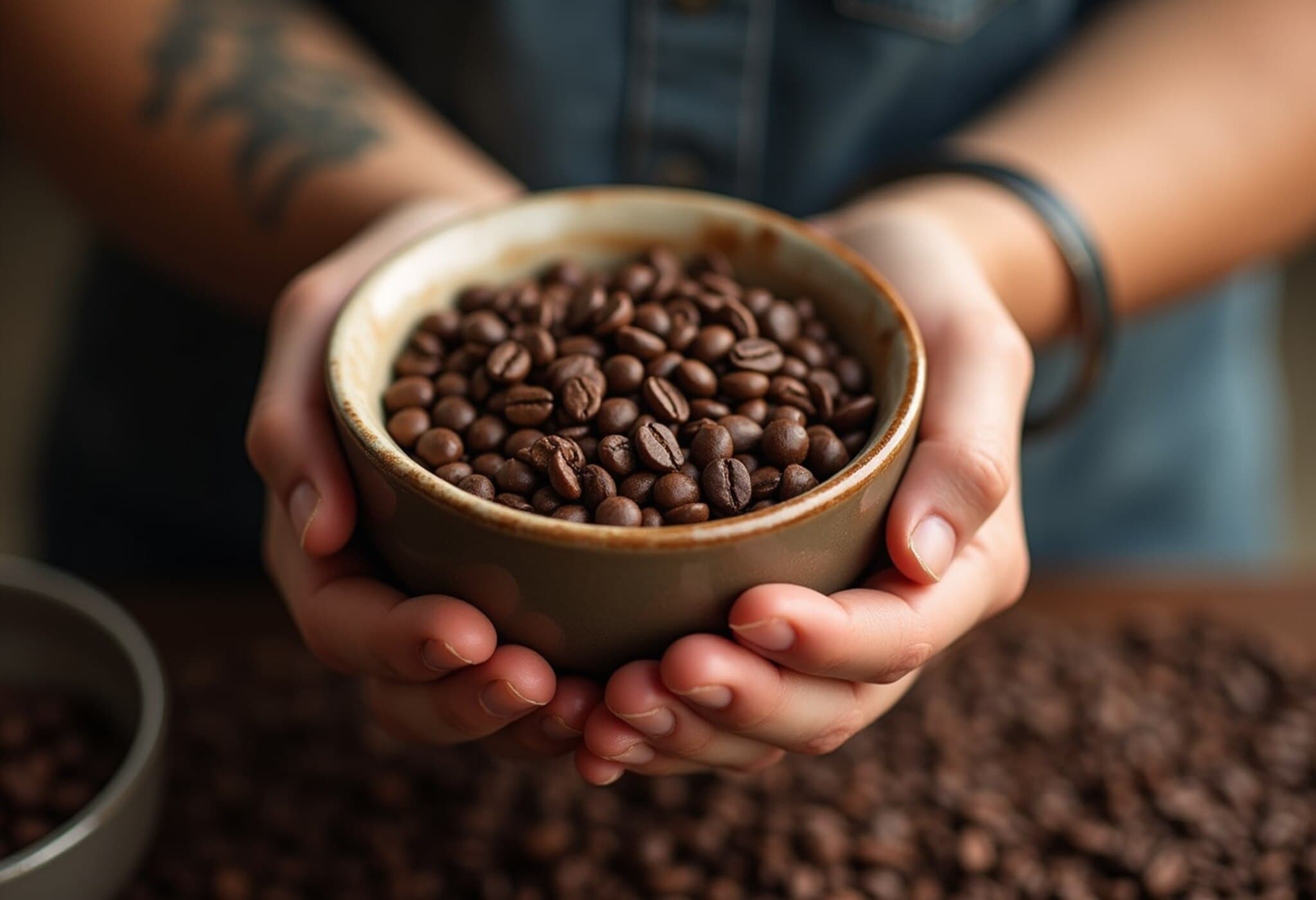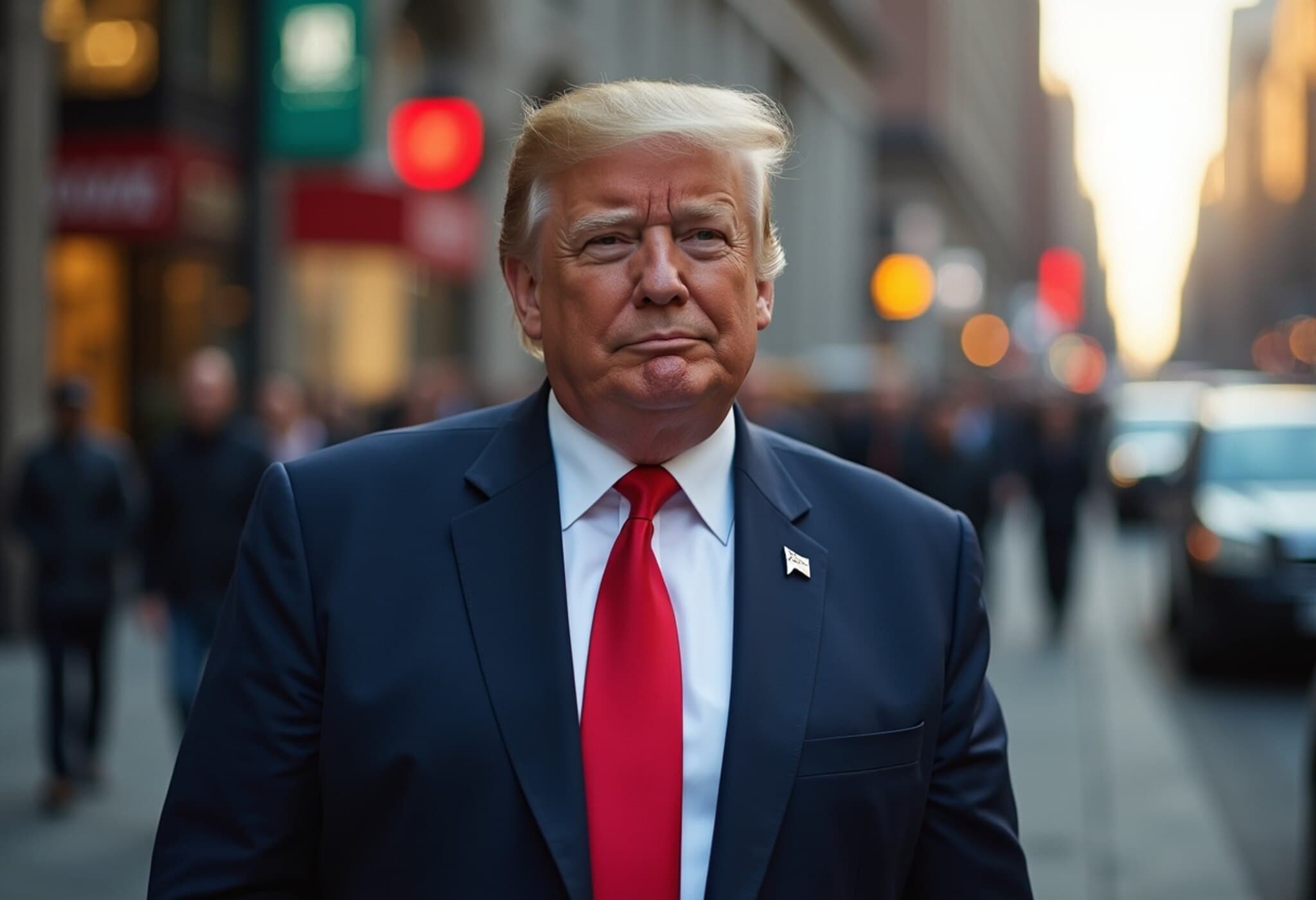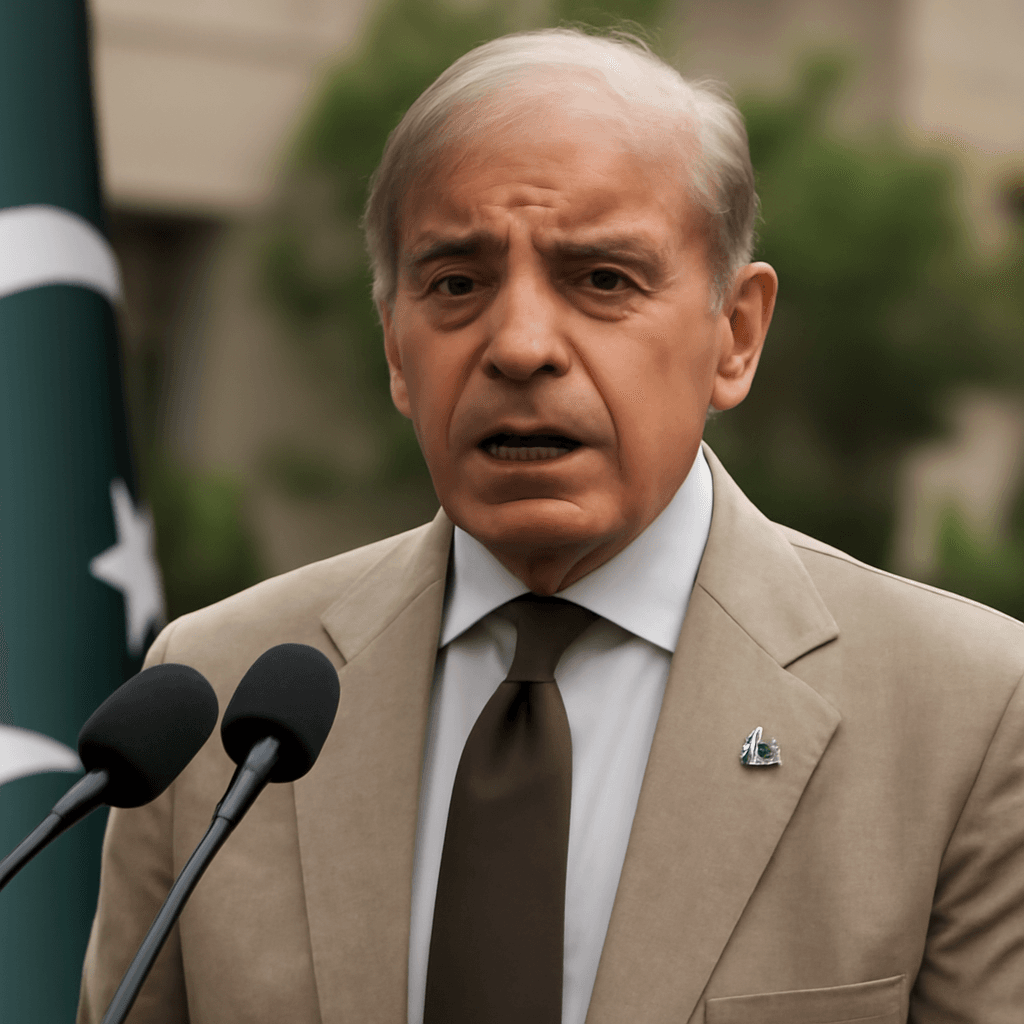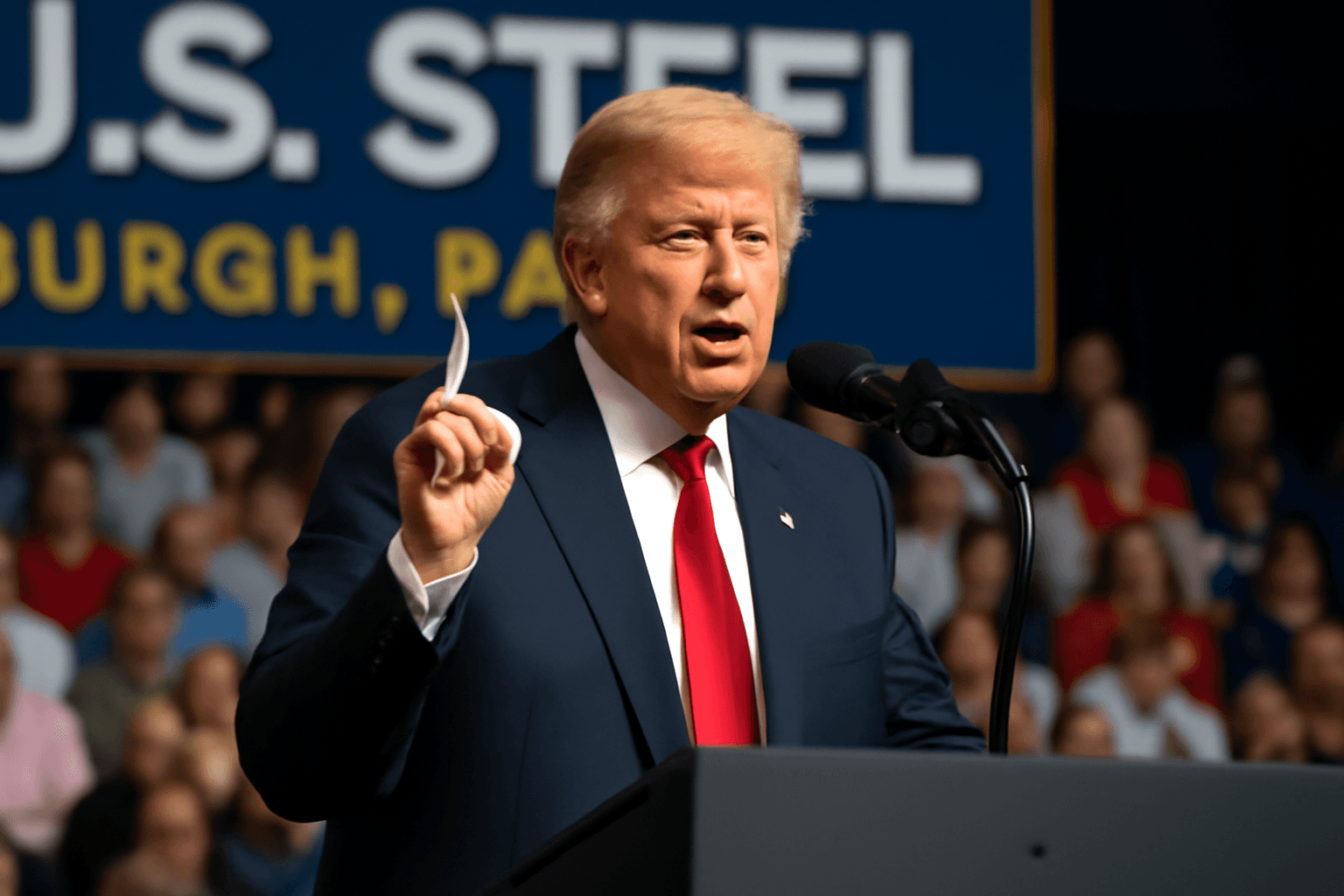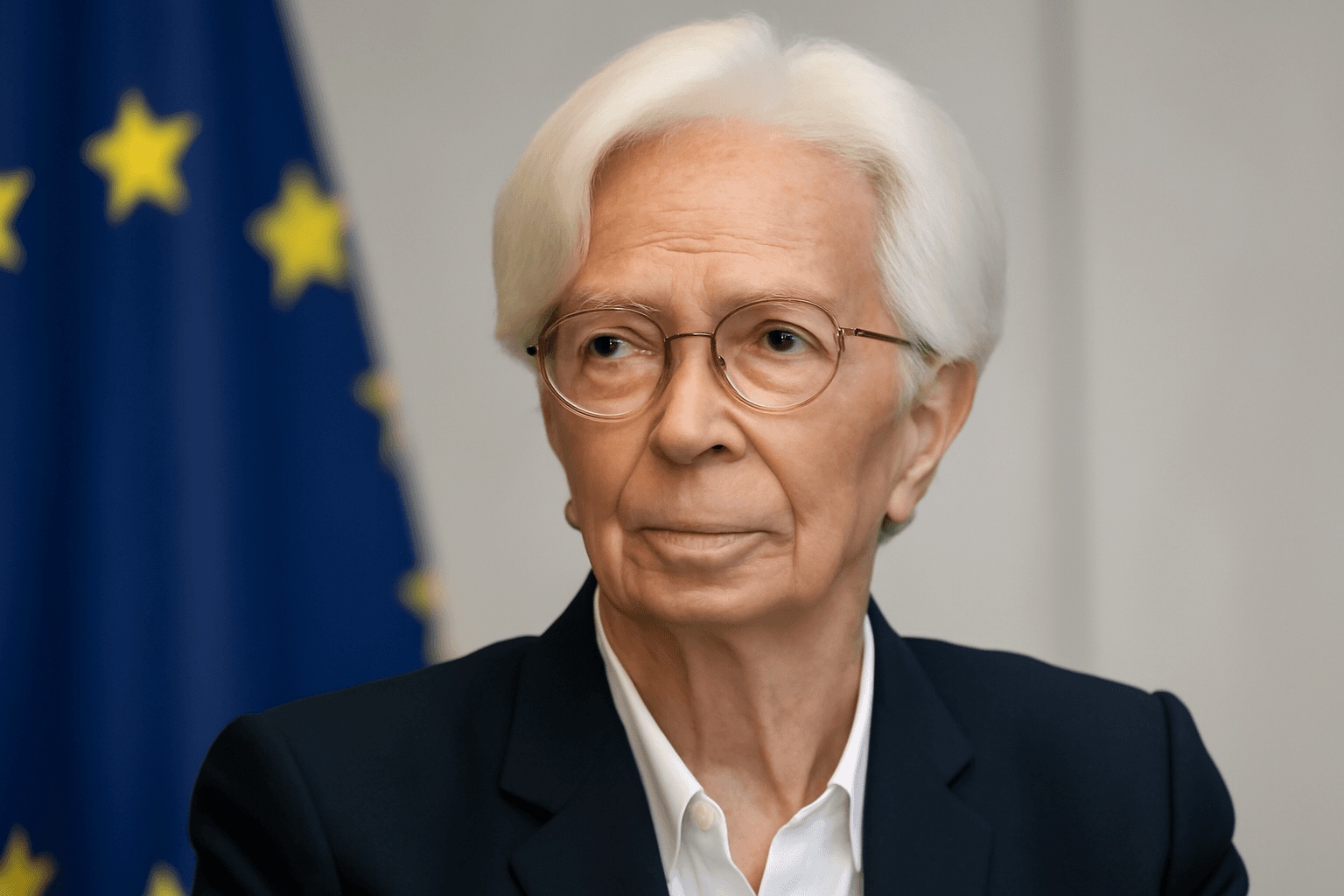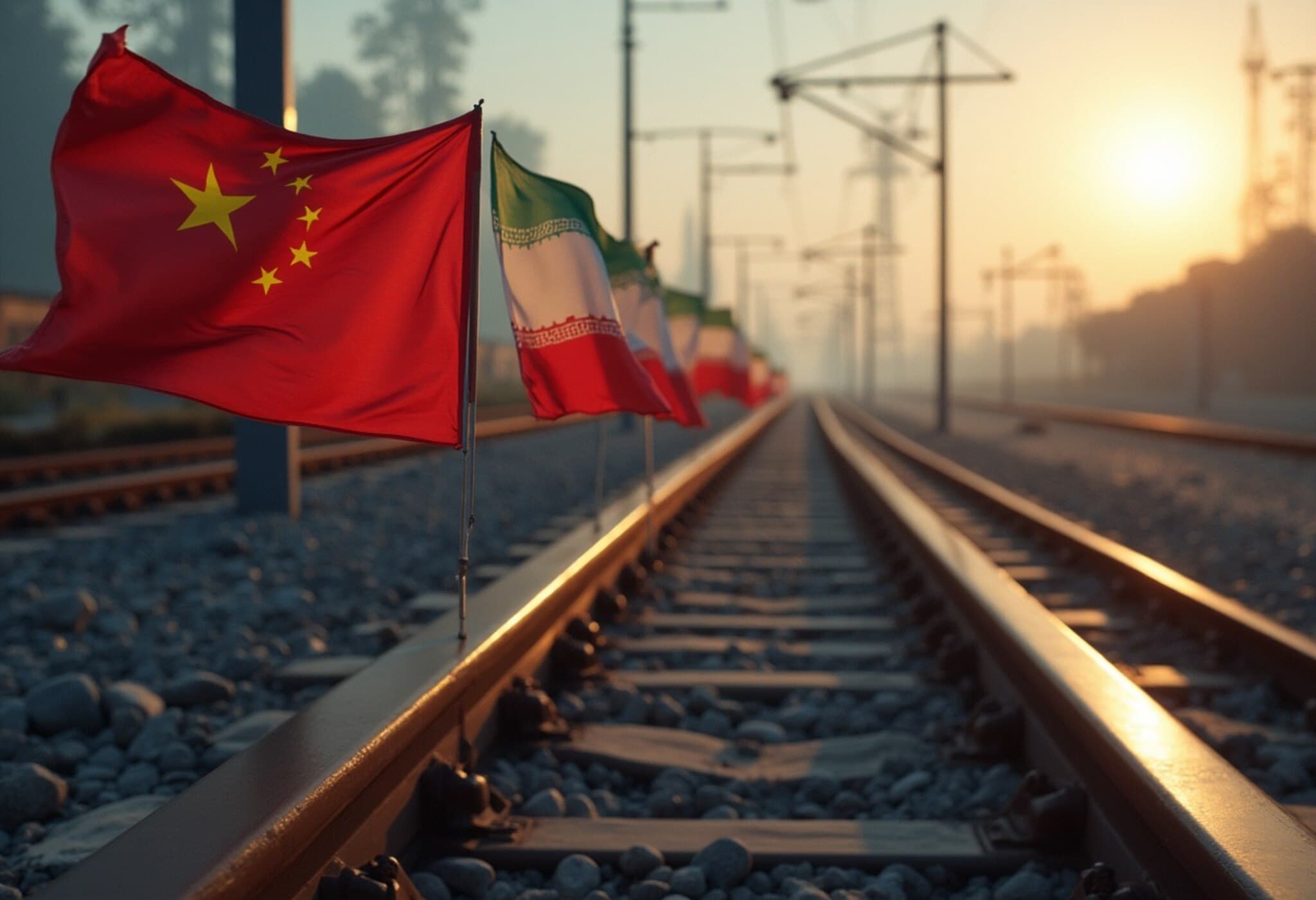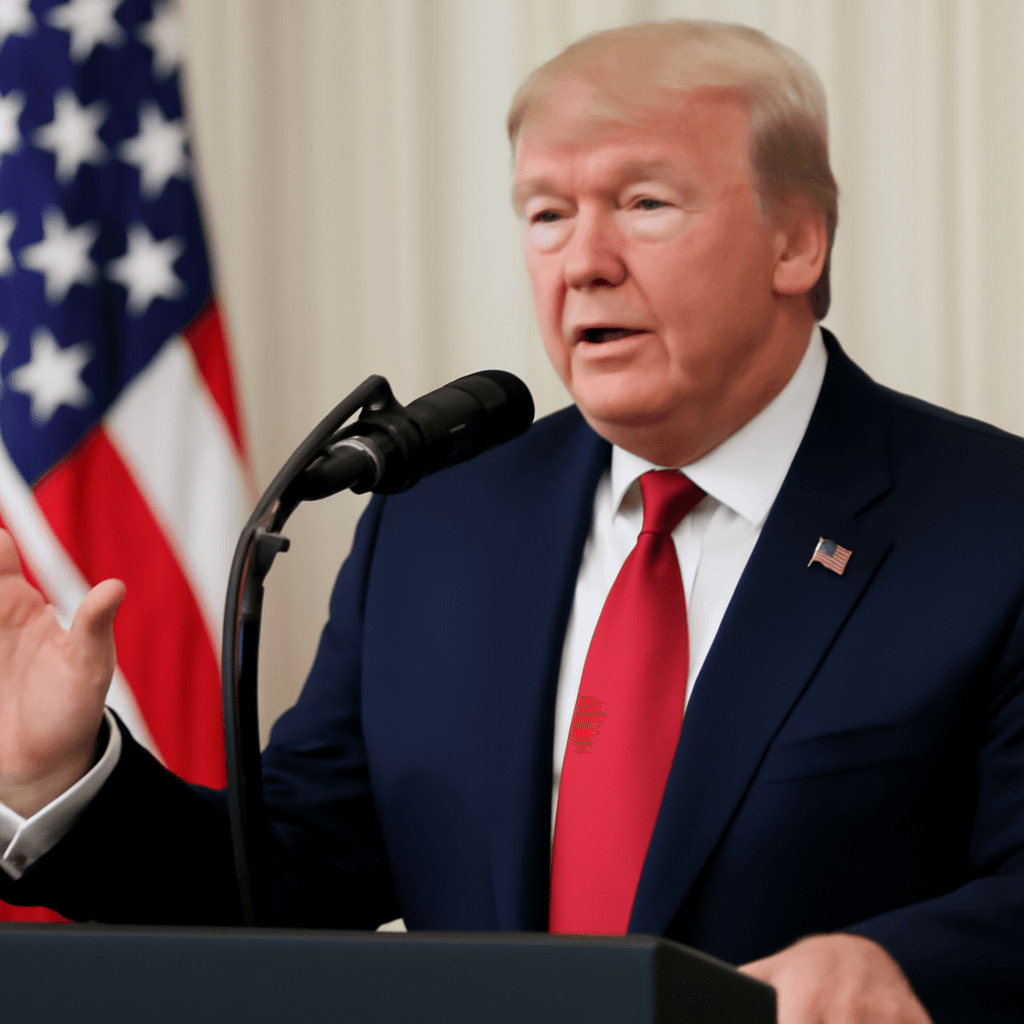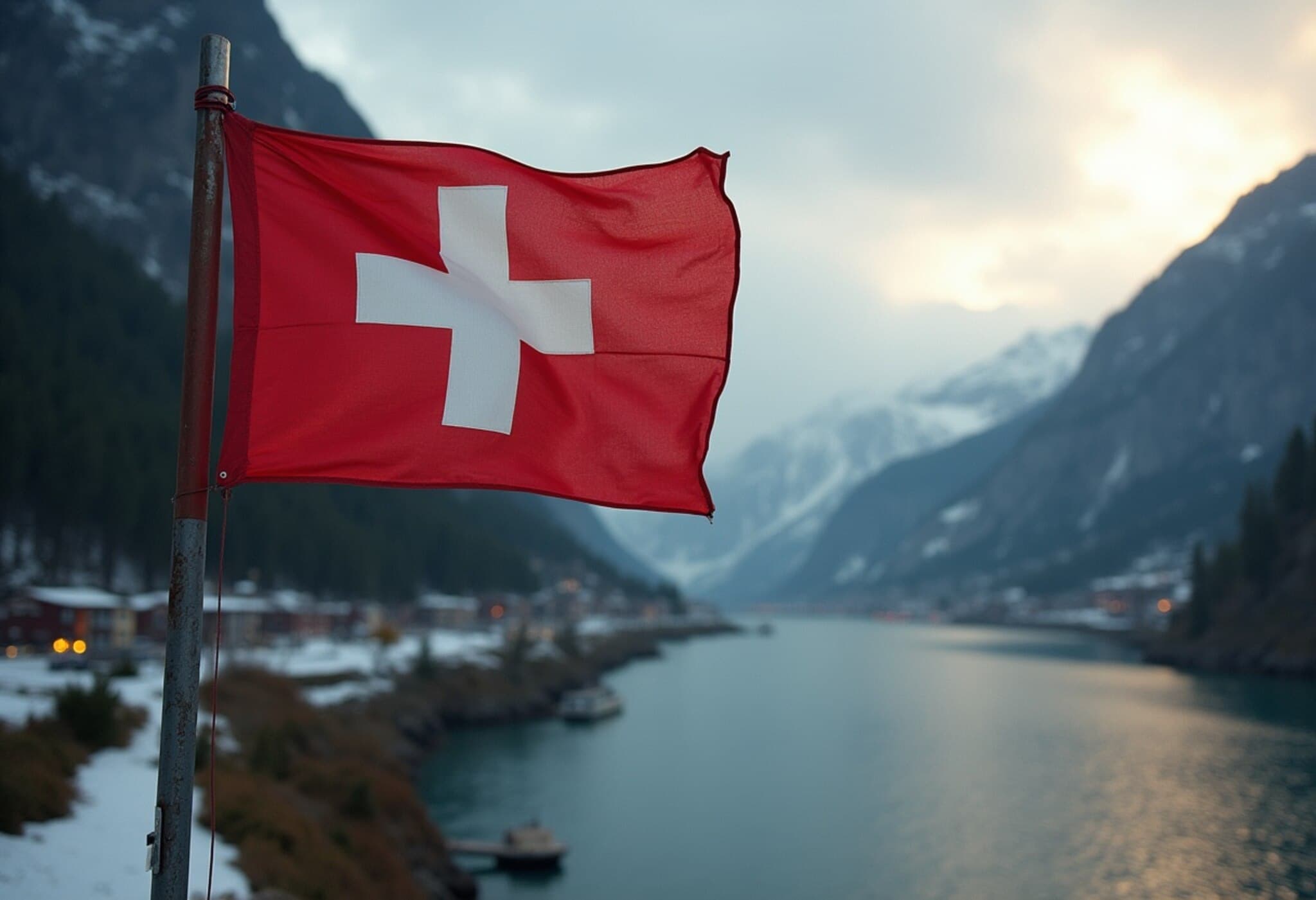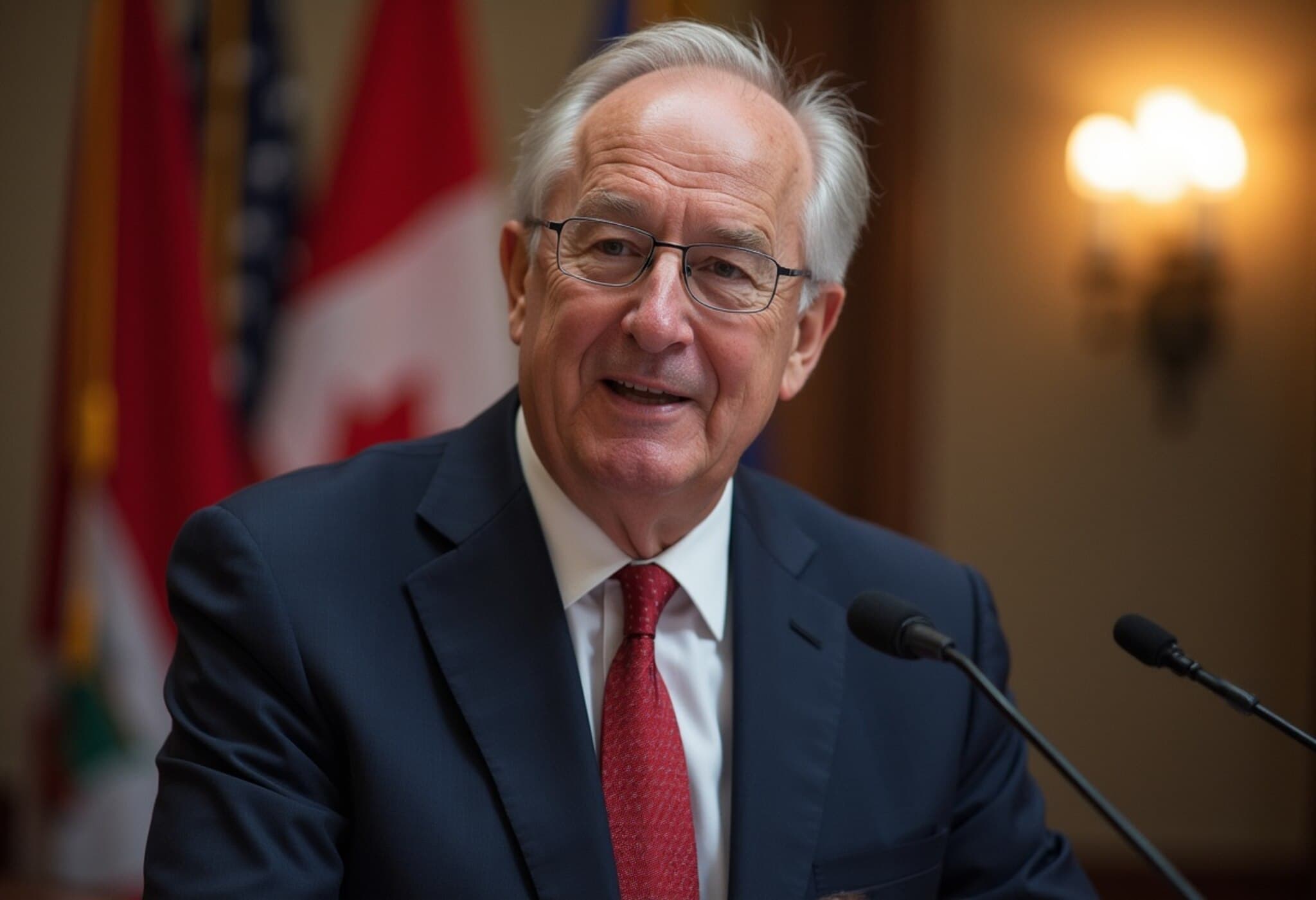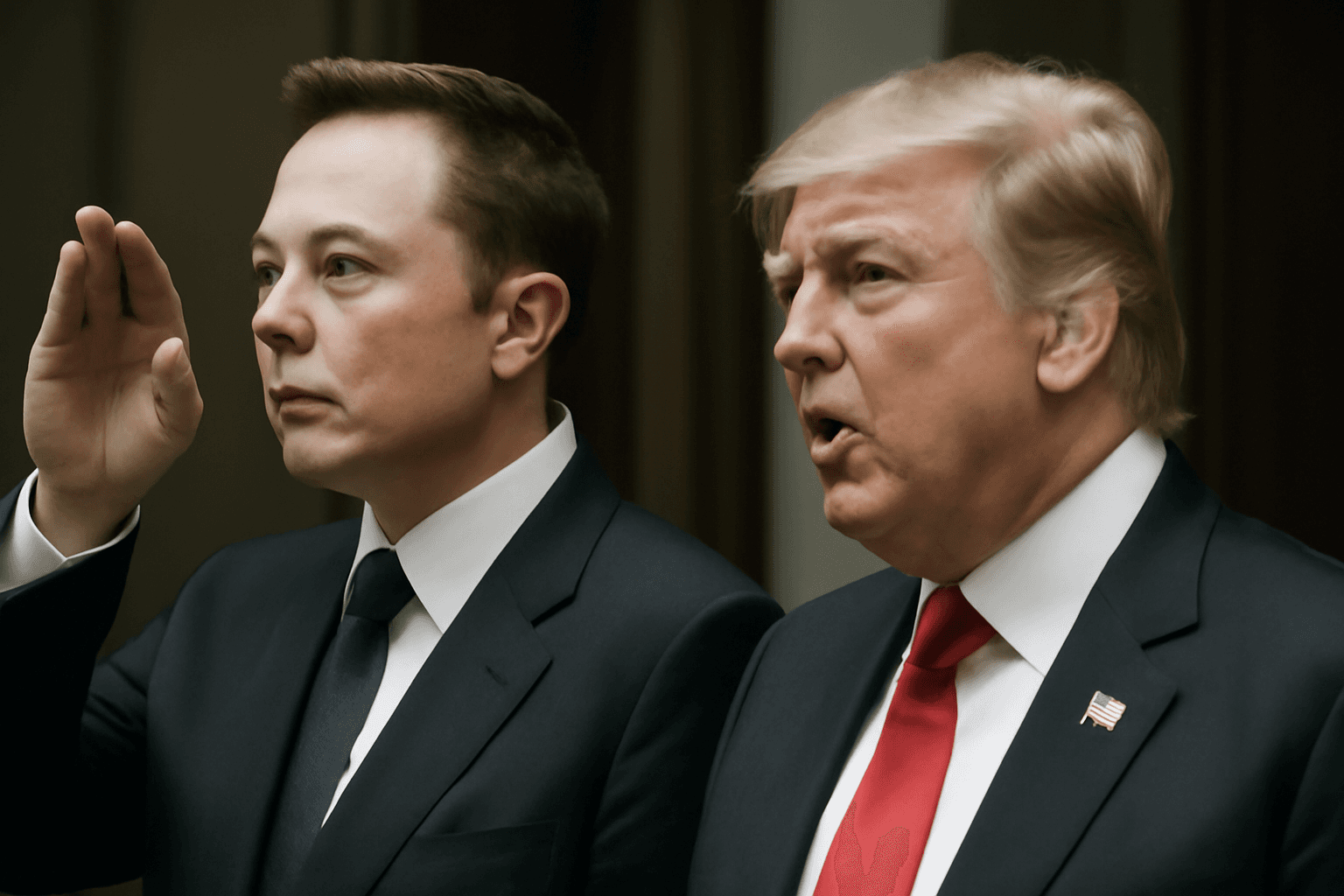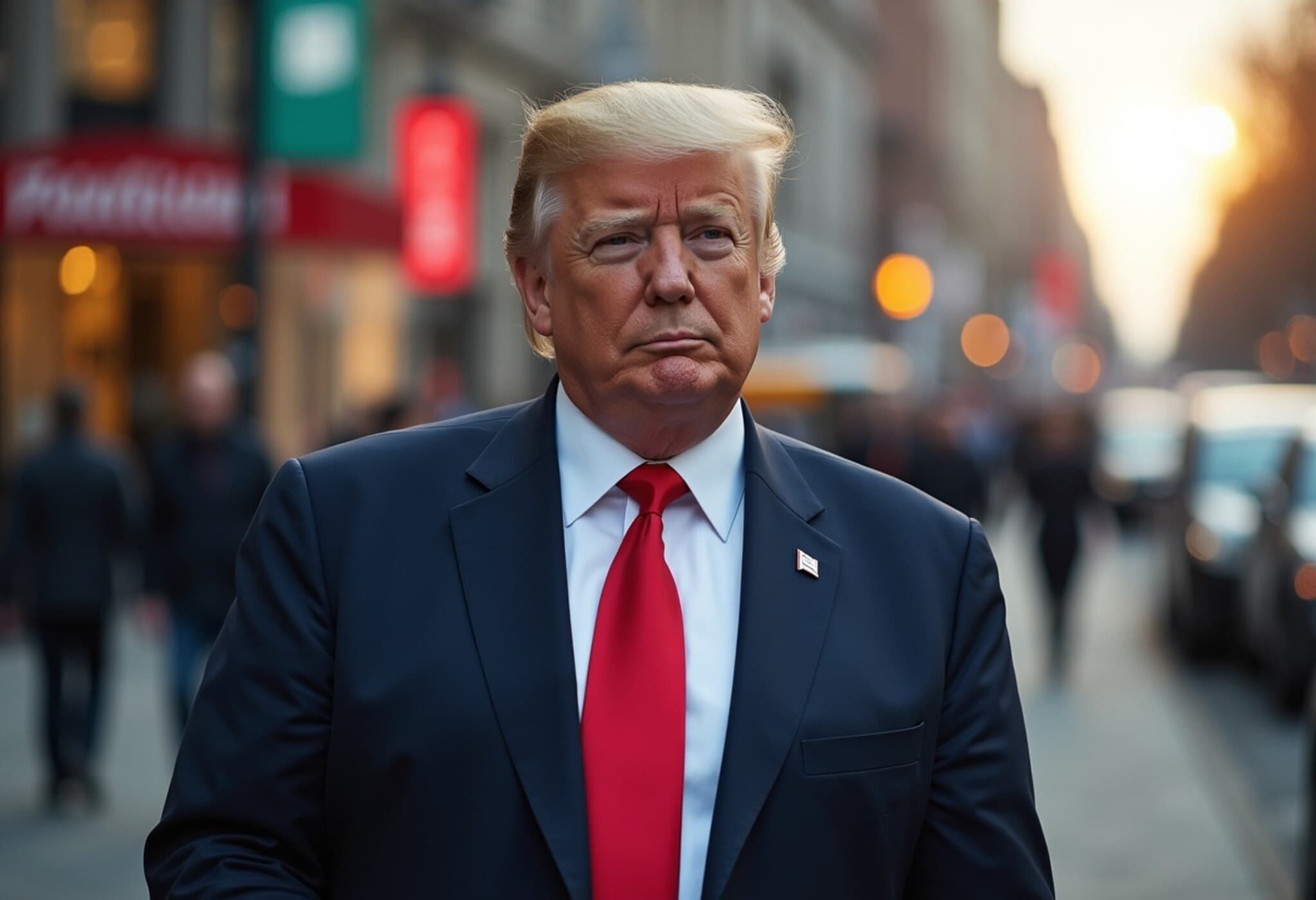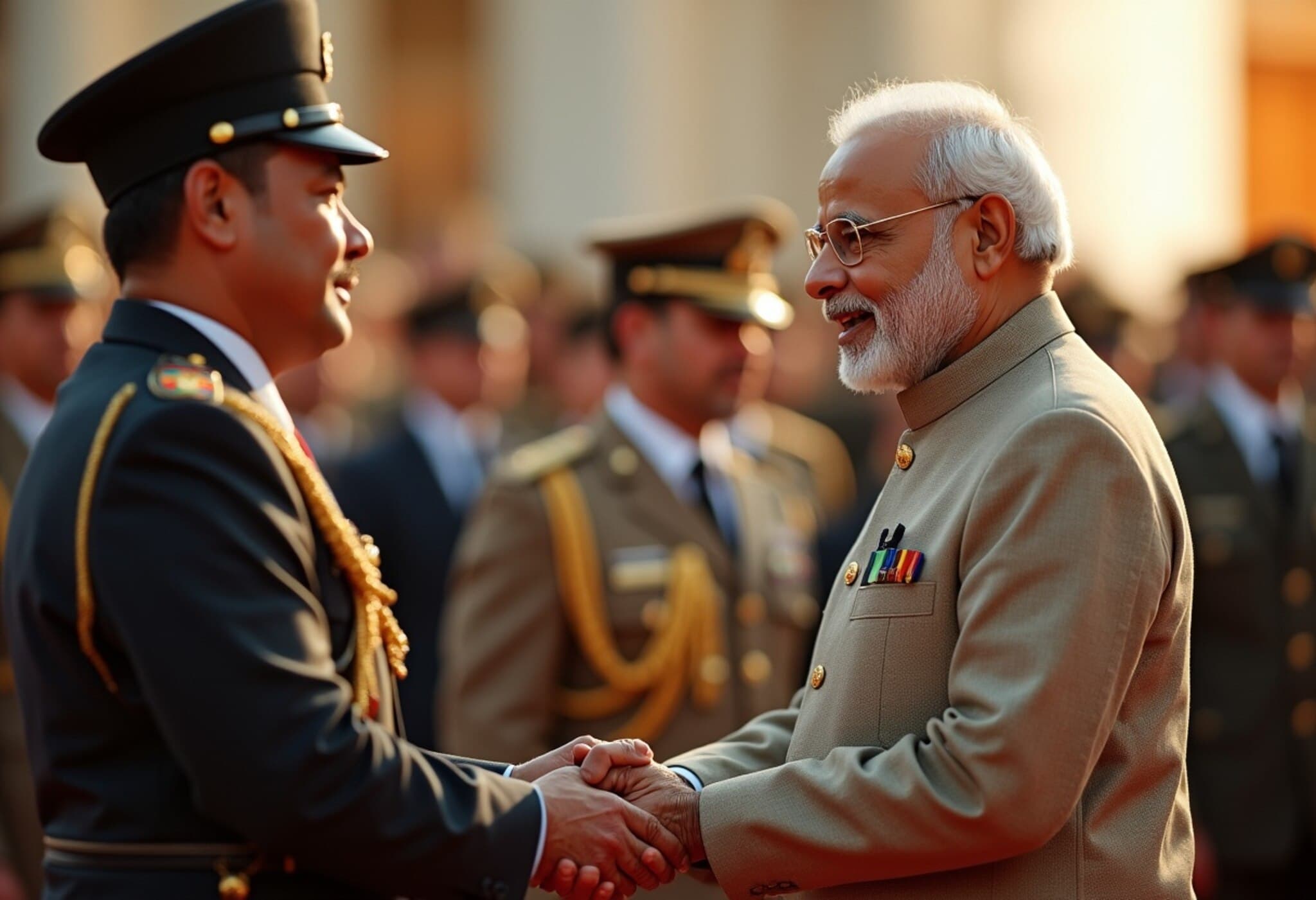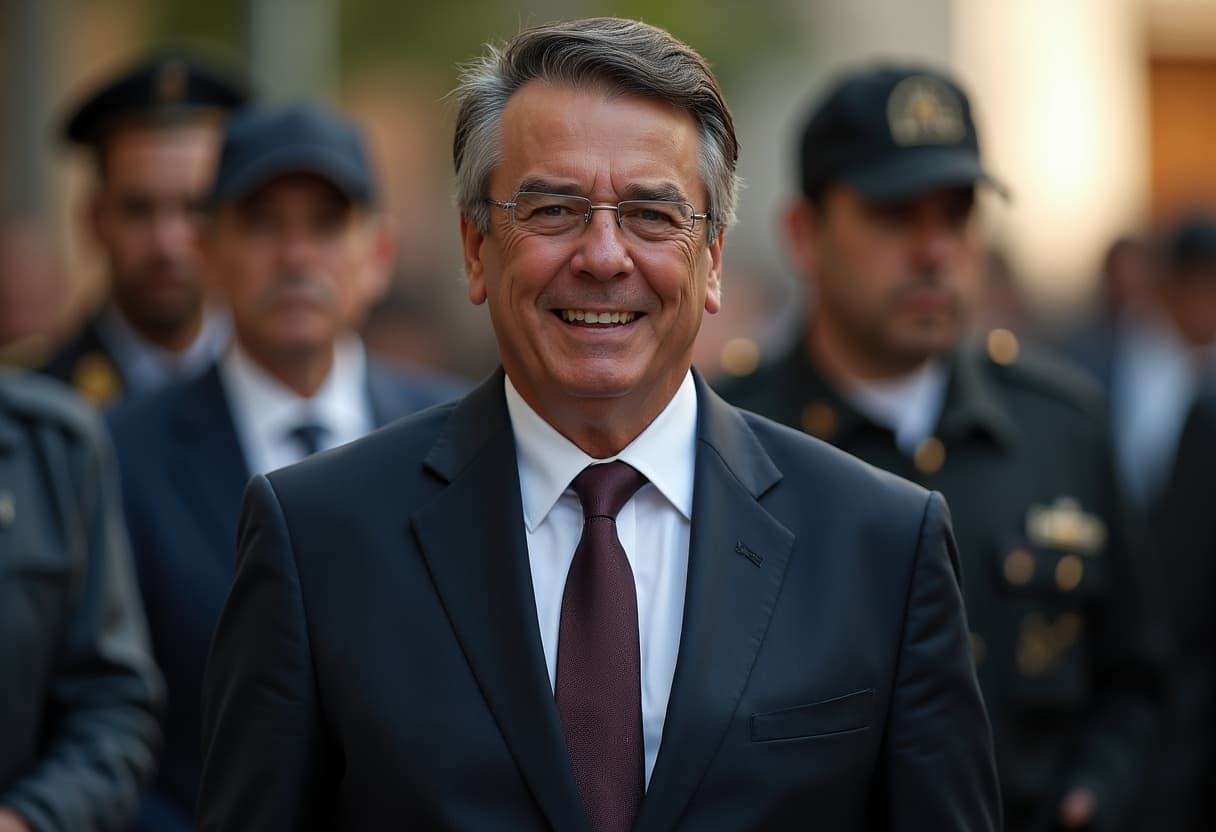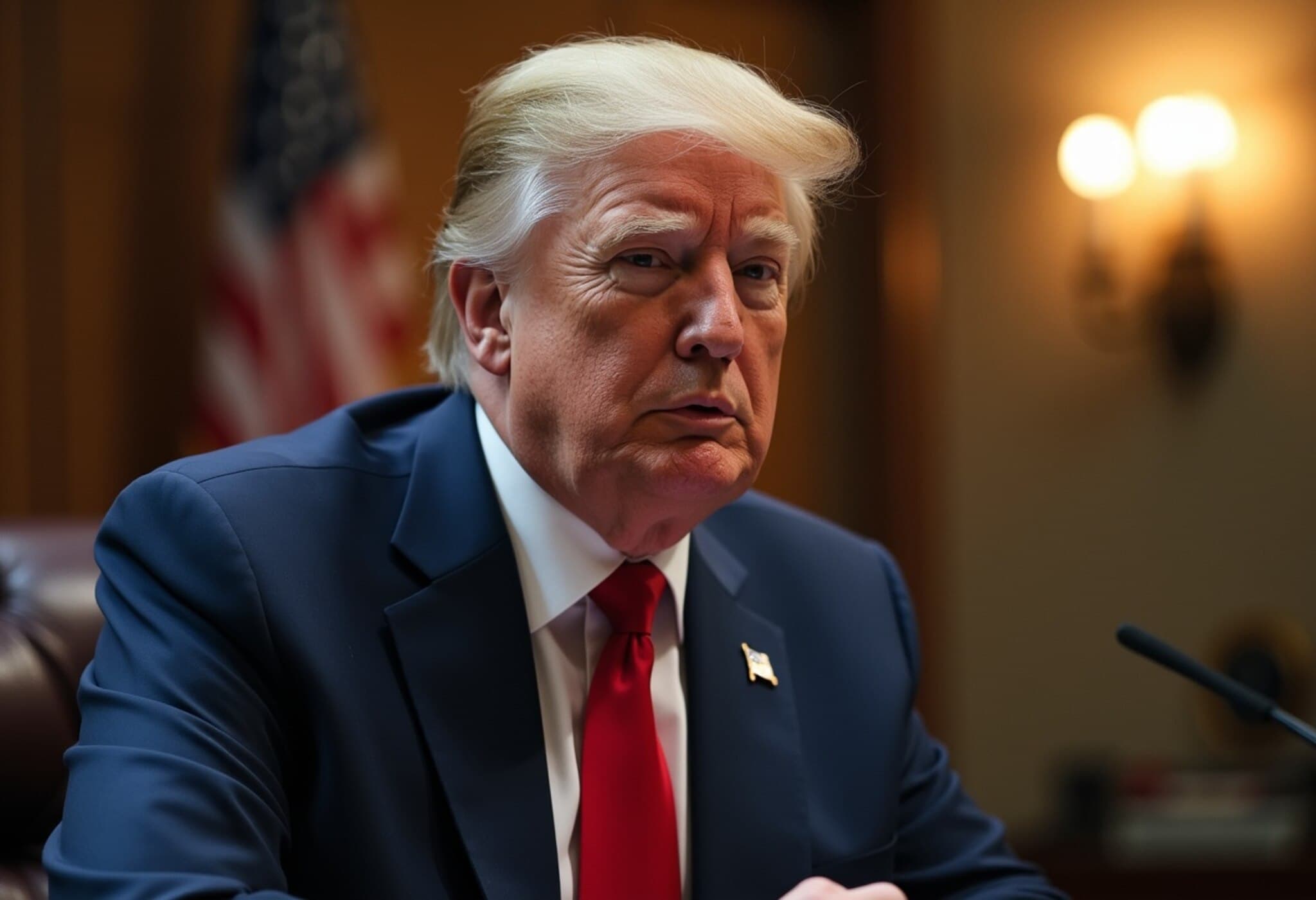Trump’s Tariffs on Brazilian Coffee Set to Impact U.S. Consumers
The recently announced plan by former President Donald Trump to impose a staggering 50% tariff on Brazilian coffee imports has ignited fresh concerns about the affordability of coffee for American consumers. As the U.S. imports a significant portion of its green coffee beans—about one-third—from Brazil, this measure could ripple through the supply chain and ultimately hike prices at your local coffee shop.
Why Brazil and Why Coffee Prices Matter
Brazil remains the world’s largest coffee producer and is the backbone of the American coffee supply. Due to climatic constraints, the continental U.S. grows almost no coffee; only Hawaii and Puerto Rico offer suitable conditions, which are insufficient for national demand.
The U.S. is the largest consumer of coffee globally, with the market valued at nearly $20 billion last year. Rising input costs from tariffs come on top of existing inflationary pressures. In recent years, coffee prices have already surged due to severe droughts and frost affecting major coffee-growing regions, particularly Brazil.
Potential for Exemptions and Negotiations
With the tariffs set to go into effect on August 1, there remains a window for Brazil and the U.S. to negotiate exemptions or alternative agreements. The U.S. Department of Agriculture has hinted that exemptions could be considered for commodities that cannot be domestically sourced, such as coffee. Such a move would soften the blow for the beverage industry and consumers alike.
Pressure on Coffee Industry and Possible Consumer Impact
If exemptions are not granted, major coffee companies—including Folgers owner J.M. Smucker, Kraft Heinz’s Maxwell House, and global player Lavazza—will face steeply increased procurement costs. Giuseppe Lavazza, chairman of Lavazza, warned that this could trigger “a lot of inflation” for coffee products.
Tom Madrecki, VP of supply chain for the Consumer Brands Association, explains that mitigating a 50% tariff is extremely challenging when the commodity isn’t domestically available. Companies might seek alternative suppliers outside Brazil, but this shift often leads to a higher overall pricing floor, pushing costs upward across the board.
How Coffee Brands Are Responding
- J.M. Smucker’s CEO Mark Smucker recently underscored the company’s reliance on Brazil and Vietnam for green coffee, which comprises about one-third of its revenue. The tariffs are already weighing on profits.
- Keurig Dr Pepper executives have signaled potential price increases to offset tariff impacts in late 2025.
- Starbucks has taken a different tack by committing not to raise prices in 2025, aiming to regain customers after price-sensitive pushback. Their diverse supplier base, spanning 30 countries, offers some insulation from single-country tariff shocks.
- Rival chains like Dutch Bros might also weather the storm relatively unscathed, as coffee makes up less than 10% of their costs.
The Bigger Picture: Trade Policy and Consumer Costs
These tariffs highlight a broader tension in U.S. trade and economic policy—balancing domestic economic strategies with global supply chain realities. Coffee, as a tropical crop not grown widely in the U.S., presents a unique challenge where tariffs can directly translate into higher consumer prices.
Moreover, since coffee plays a cultural and emotional role in millions of Americans’ daily routines, price increases risk alienating consumers still recovering from inflationary pressures across other sectors.
Editor’s Note
The looming tariffs on Brazilian coffee imports put a spotlight on the complex interplay between trade policies and everyday consumer goods. While protecting domestic interests is a legitimate policy goal, commodities like coffee illustrate where global interdependence complicates this agenda. As negotiations continue, key questions remain: Will exemptions be granted in time? How will companies and consumers absorb these costs? And critically, what does this mean for the evolving landscape of U.S. trade strategy amid global economic uncertainty?

